Description of peonies "Top brass" and the rules of their cultivation
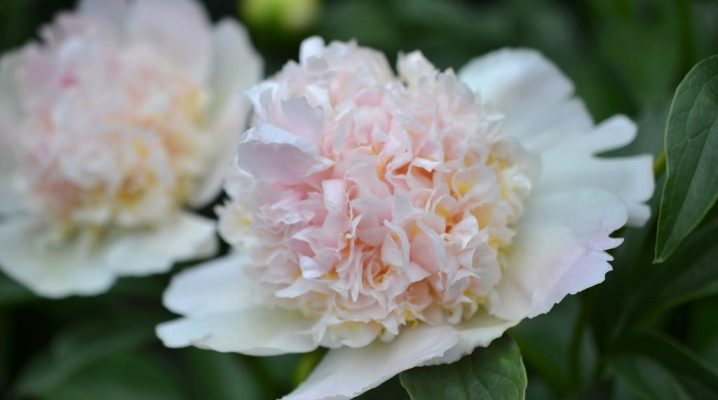
Among the abundance of flowering perennials, the Top Brass peony stands out. A unique variety, the flowers of which delight the eye in several different shades at once. They are good both in single plantings and in rock gardens and various mixed plantings. Florists are often planted along the garden paths.
This type of peonies is widely used in the composition of bouquets and all kinds of floristic compositions. Florists appreciate Top Brass because these magnificent flowers can stand for a long time without losing their attractive appearance.
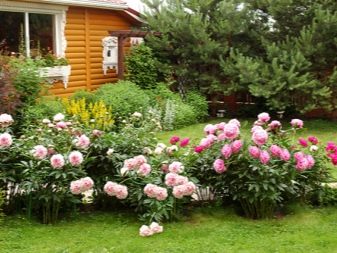

Description
Top Brass variety - medium late, blooming once a year. It was bred by the American breeder K. Clem in 1968. It is a tall herbaceous plant from the lactoflower group, forming a bush, reaching 90-120 cm in height.
The stems are strong, with dark green smooth leaves of a rather large size. Flowers are double, spherical. The bud most often has a pink core, which is framed first by yellow petals, and then by white lower petals around the perimeter. Fancy flowers are striking in their magnificence and reach a large size - about 22 cm in diameter. Up to 3 buds are formed on each stem. Abundant flowering, lasts about 3 weeks: from mid-June to early July. The flowers have a pleasant, unobtrusive scent.
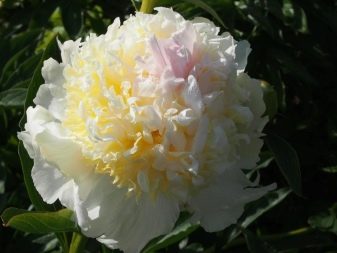

Growing features
The ideal place for planting peonies is an area with open sunlight or in a slight partial shade. These sun-loving plants require enough light therefore, placing the shrub in a shady area will adversely affect the abundance of flowering, the size of the flowers and the height of the bush.
Peonies "Top Brass" are not recommended to be planted in close proximity to buildings and trees in order to avoid overheating in a hot period, lack of moisture and loss of nutrients.
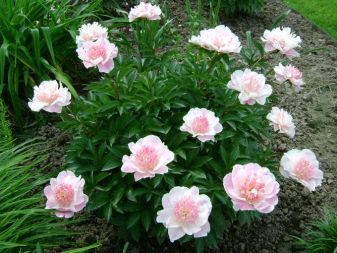
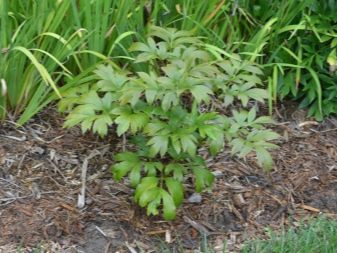
There should be plenty of space around the bushes to allow for even air movement. This helps to protect the plant from pests and the development of diseases.
Peonies of this variety grow well on almost any soil.... They are not suitable only for areas with a high groundwater table and places where there is a possibility of water stagnation in the spring. This variety easily tolerates snowy winters with sudden temperature changes.
Landing rules
For the most effective flowering of peonies, it is better to choose fertile soil. Loams, loose and fresh, are suitable for this variety. In this case, it is enough just to dig deep into the soil and add compost or humus from the foliage. The soil is prepared as follows: soil is taken out of the planting pits and mixed in equal proportion with compost, peat and sand, a handful of ordinary wood ash is added.


Agronomists recommend carrying out preparatory work 3-4 weeks before the planned planting.
Representatives of this variety have large roots that painfully react to injuries, therefore, holes for planting should be dug 60x70 cm in size.On excessively moist soils, the bottom of the holes is covered with a 20-cm layer of large drainage. The pits are filled with nutrient mixtures, left to settle and acquire the necessary density. If there is no time to wait for subsidence, then the layers are spilled with water and tamped.
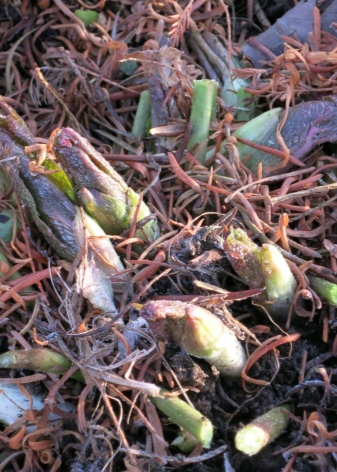
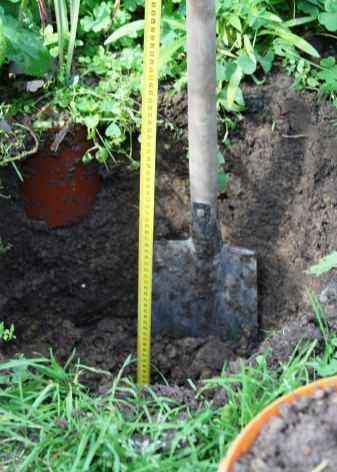
Peonies can be replanted after the end of the flowering period, around the end of August or September. The distance between the bushes should be left about 1 meter.
This distance gives peonies the ability to form bushes even and dense, and not curved.
Peonies are difficult to tolerate a transplant, they require careful handling of the root system. This is a prerequisite for their longevity and long flowering.
- Saplings spread on a sand cushion in such a way that after final shrinkage it is slightly deepened. Additionally, you can take the kidneys as a guide: they should be 3-5 cm below ground level.
- Rhizome should be covered by 4-5 cm. If you deepen the plant much, then it will grow and form a bush, but it will not bloom. Planting too high will reduce the plant's ability to resist cold temperatures.
- During planting, the soil should be filled up manually, and this should be done carefully. The soil must be compacted so that there is no void between the roots.
- At the end of the landing the bush must be watered abundantly.

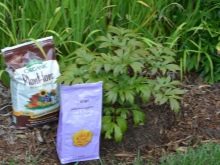
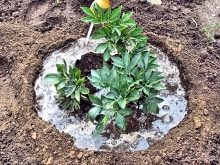
Bushes planted in fertile soil do not need to be fertilized in the first 2-3 years of life. It should be noted that after transplanting, varietal qualities are fully manifested only after 2-3 years.
In the first year of peony growth, experts recommend picking off the buds. In the next few years, in order to achieve the formation of large buds, it is recommended to leave on the shoots along the bud.
It is necessary to remove excess buds during the period when they grow about 1 cm in diameter.
In autumn, approximately in October, the stems are cut off and stumps are left 1-2 cm above the buds. Before the onset of frost, young bushes must be mulched for the winter. To do this, the hemp left over from the bushes is covered with a peat layer or unripe compost. In areas where winters are not too frosty, it is not necessary to cover mature bushes.
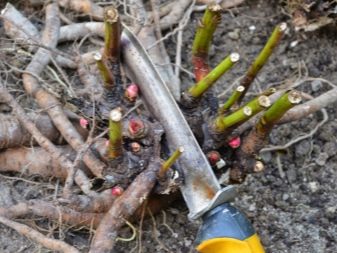
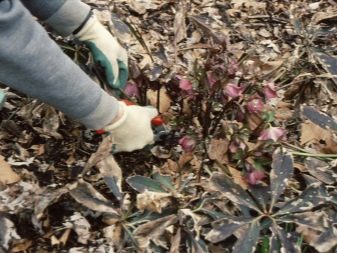
Reviews
Experienced gardeners note, first of all, attractive large flowers of a whimsical color of the Top Brass variety, which attract attention. Also, among the pluses, the unpretentiousness of the peonies of this variety, their exuberant flowering and the ability of cut flowers to keep freshness in a vase for a long time is mentioned.
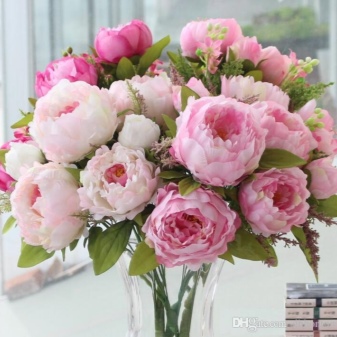
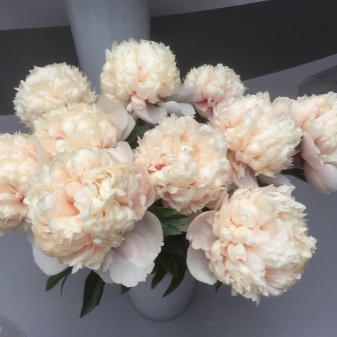
For a quick overview of Top Breast, see the next video.







































































































The comment was sent successfully.